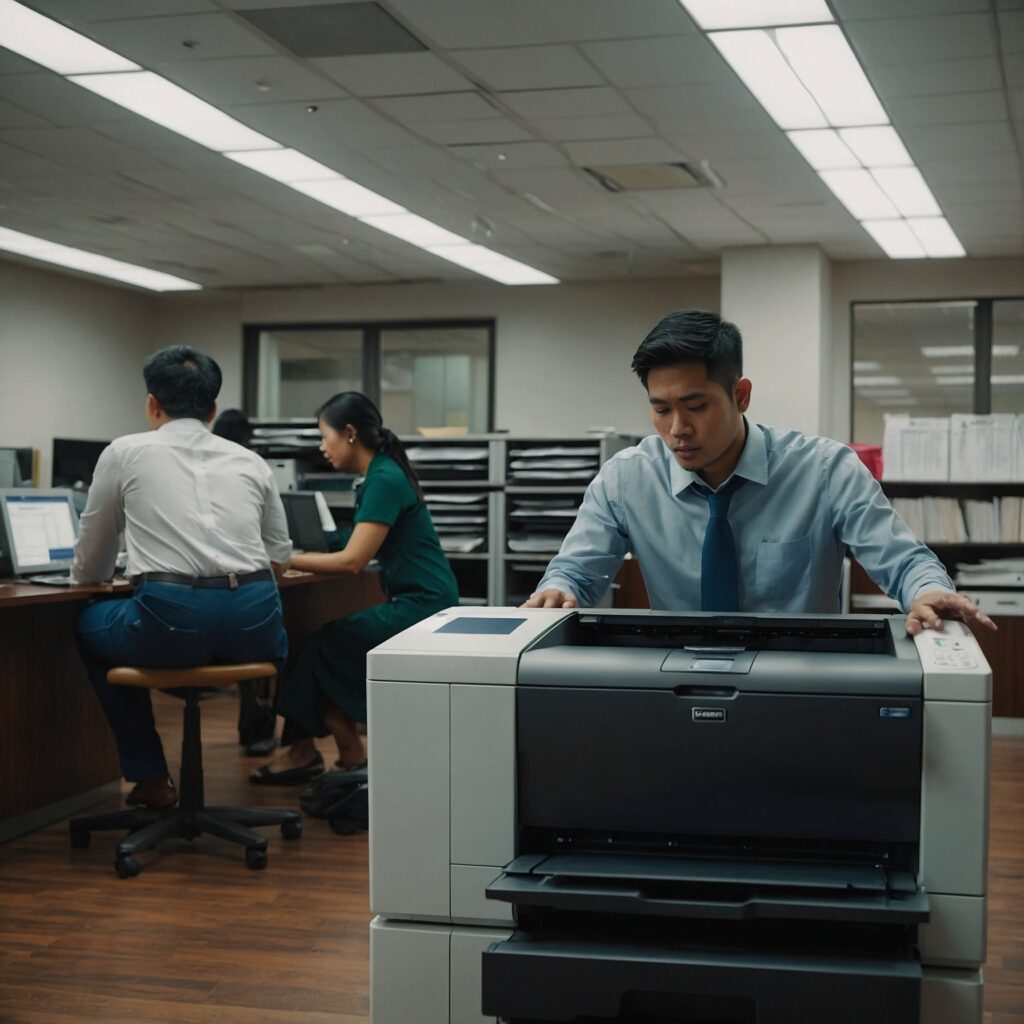
Liability Coverage for Copier Rentals: Why It Matters
Renting a copier offers flexibility—but what happens if someone gets injured during delivery or the machine causes property damage? That’s where liability coverage for copier rentals becomes essential. This guide explains why it’s critical, what situations it covers, and how to secure the right protection with minimal hassle.
1. What Is Liability Coverage?
Liability insurance protects you from financial responsibility if someone is hurt or property is damaged because of the copier. Unlike damage or theft protection, liability coverage handles third-party claims such as:
A delivery person tripping over a power cable
A visitor injured by a malfunctioning unit
Damage caused to facility walls or floors during installation
Without it, your business could be responsible for legal and medical costs—running into thousands.
2. Key Scenarios Where Liability Applies
Liability coverage steps in to help cover:
Injuries during delivery or relocation – e.g., someone twisting their ankle
Damage to rented or client property – dents, scratches, or spills
Legal expenses if a claim is filed—even if you’re not entirely at fault
Including liability coverage ensures you’re protected from surprises beyond copier breakdowns.
3. How Liability Works with Other Insurance Types
Liability is typically sold alongside coverage that protects the copier itself. For a full protection plan, you might combine:
Damage & Theft Protection, which replaces or repairs the copier —learn more at “Damage and Theft Protection for Copiers”
General Liability, covering bodily injury and property damage to third parties
Loss of Use, compensating you if downtime interrupts business operations
A comprehensive approach reduces gaps in your protection. Learn more in our breakdown of “Types of Insurance for Copier Rentals.”
4. Factors That Affect Liability Costs
Liability premiums vary depending on:
Rental location and use – public spaces increase risk
Coverage limits – higher limits reduce your out-of-pocket risk
Deductible amount – a higher deductible lowers your premium, but raises cost if a claim occurs
Previous claims history – past incidents may increase your rate
It’s often possible to optimize your plan with preventive measures to reduce risk—learn more in “Reducing Premiums for Copier Rental Insurance.”
5. How to Add Liability to Your Rental
To include liability in your copier rental:
Ask your rental partner for a policy that includes third-party coverage
Verify coverage limits (e.g., $1 million per incident)
Check the deductible and determine if it’s manageable
Review exclusions—like warping or virus-caused damage
Keep documentation in case you’re audited
Liability adds modest cost—and massive peace of mind.
6. Real-World Example
A client rented a copier for a one-day workshop at an offsite venue. During setup, the cart rolled and nicked a wall. Restoration costs were over $700—but liability insurance covered it fully, preventing any disruption to the event.
Without coverage, the rental team would have faced out-of-pocket repair costs, added stress, and lost trust with the venue.
7. Tips to Minimize Liability Risks
Use cable covers and warning signs
Anchor copier carts during setup
Train staff on safe delivery protocols
Ask providers for pre-use safety checks
These precautions not only keep people and property safe—they may also reduce your liability premium.
8. Final Thoughts
When evaluating liability coverage for copier rentals, remember:
It protects against injury or third-party property damage
It’s distinct from copier-focused insurance like theft or damage coverage
Minor costs now can save you from major liability later
Proactive safety measures can reduce your risk and insurance expenses
Meta Description (Yoast SEO):
Explore liability coverage for copier rentals—learn what it covers, why you need it, and how to choose a plan that protects your business and budget.
